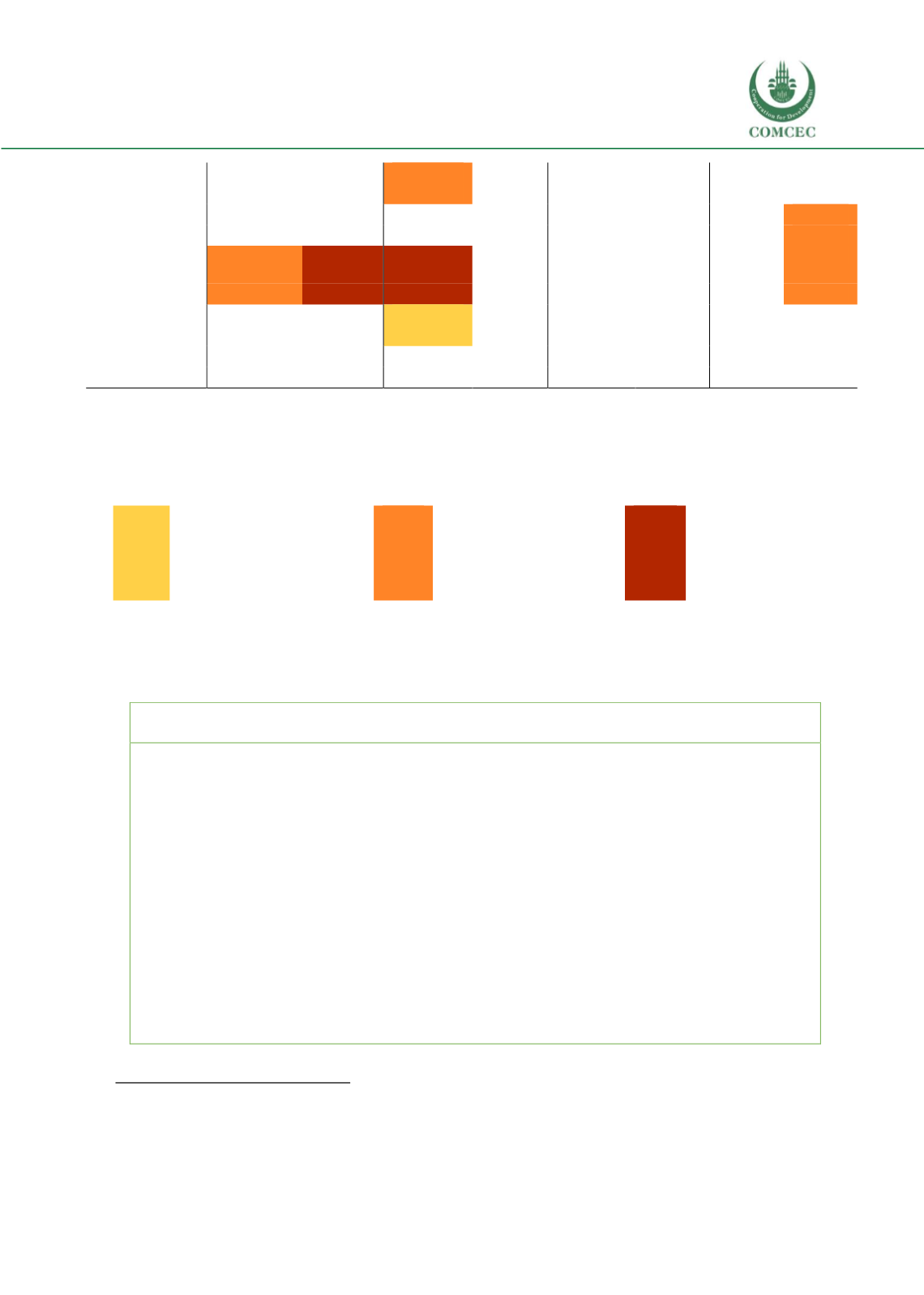

Education of Disadvantaged Children in OIC:
The Key to Escape from Poverty
227
ethnicity: Diola
0.056
-0.199
0.169**
0.108
0.005
0.140*
0.022
-0.023
(0.061)
(0.131)
(0.071)
(0.103)
(0.047)
(0.072)
(0.040)
(0.063)
ethnicity: Soninke
-0.059
-0.107
-0.052
0.146*
-0.056
0.084
0.003
-0.175***
(0.072)
(0.099)
(0.101)
(0.081)
(0.045)
(0.096)
(0.026)
(0.060)
ethnicity: non-
Senegalese
-0.177***
-0.285***
-0.265***
-0.115
-0.092
-0.122
-0.045*
-0.177**
(0.061)
(0.068)
(0.077)
(0.103)
(0.063)
(0.080)
(0.024)
(0.079)
gender: Female
0.011
0.031**
-0.075***
0.044**
-0.047***
0.046**
-0.019
-0.027
(0.014)
(0.015)
(0.017)
(0.018)
(0.014)
(0.019)
(0.012)
(0.025)
Observations
10,487
6,917
6,382
3,492
6,354
3,478
4,080
2,256
Note: Authors’ calculations using DHS 2005 and DHS 2015. Marginal effects are reported, obtained using “dprobit”
command in STATA. Robust standard errors in parentheses. *** p<0.01, ** p<0.05, * p<0.1. Omitted groups are: location:
Urban, region: Dakar, household head’s education: Higher education, number of children in household: 1-2 children, wealth:
Richest, ethnicity: Other, gender: Male.
Legend
Marginal effect is significant at
least at p<0.1 and the effect is
negative and larger than or equal
to 5.0 percent and smaller than
10.0 percent.
Marginal effect is significant at
least at p<0.1 and the effect is
negative and larger than or
equal to 10.0 percent and
smaller than 20.0 percent.
Marginal effect is significant
at least at p<0.1 and the
effect is negative and larger
than or equal to 20.0
percent.
Policies and Programmes
514
WFP 2014 internal programme document
515
CRES (2013)
Box 6 School Feeding program in Senegal
514515
TheWorld Food Program(WFP) has been supporting the “school feeding program” in Senegal
since the 1970s. In its current version, it aims to contribute to the achievement of educational
objectives covered by the PAQUET.
Objectives:
The goals are to improve the enrolment rate and academic performance of
learners, improve their ability to concentrate and learn, contribute to meeting the nutritional
needs of schoolchildren, and build the government for the establishment of a national
autonomous and sustainable school feeding and nutrition program.
Beneficiaries/Target:
The WFP focuses this assistance on areas affected by food insecurity
and malnutrition, where school indicators are lowest. This intervention has reached about
500,000 children annually, representing about 55% of the beneficiaries of the country's
school feeding programs and covering about 23% of the pupils in public elementary schools.
However, due to difficulties in covering planned needs, the WFP was forced, through a
concerted approach with the Ministry of National Education, to gradually reduce its
















